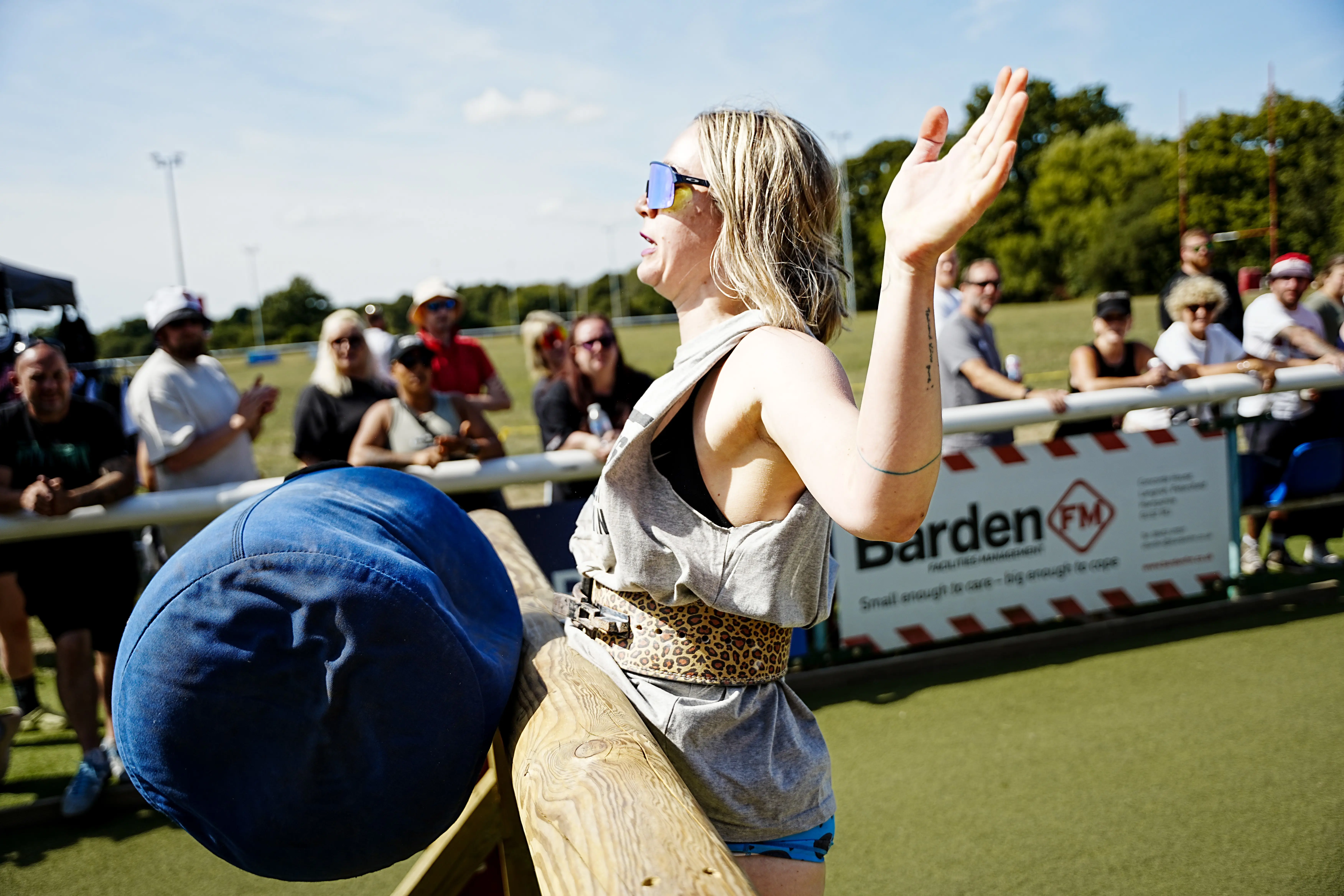In September 2019, when I was 28, my life turned upside down overnight. Out of nowhere, I started feeling unwell. At first, I thought it might be a migraine, but it quickly became clear that something was seriously wrong. I was rushed to the hospital and told I had suffered a stroke, caused by a cavernoma in my brain.
At 28, you don’t expect to hear the words “stroke” and “brain surgery.” Yet within days, I was on the operating table. The first surgery saved my life, but it wasn’t enough. I had to go back for follow-up surgery to “tidy up,” as the doctors called it. That was the beginning of the hardest year of my life.
The aftermath was devastating, and recovery was brutal. I had to relearn things that we normally never think twice about: how to walk, how to use my hands, and even how to go to the bathroom. The connection between my brain and body had been cut. My brain gave the instructions, but my muscles didn’t respond. It was frightening, frustrating, and exhausting. Even the simplest tasks that I used to take for granted became monumental challenges. Every movement, every tiny action, became a lesson in patience and persistence.

I was incredibly lucky to have the NHS team and, later, private healthcare specialists supporting me. They didn’t just treat me medically, they helped me keep going when progress felt impossible. My family and friends stood by me through setbacks, frustration, and tears. Still, it was me who had to do the work, day after day, to try and put myself back together.
For almost a year, I was unable to work. I’d always defined myself through my job as an engineer in the rail industry, and suddenly that part of me was on hold. When I did return, I had a new perspective. Stressful deadlines and difficult meetings felt very different once you’ve stared down the possibility of losing everything.

It was during recovery that I found strength training. Lifting weights gave me focus and small wins: an extra rep, a heavier lift, a movement that finally clicked again. Over time, what started as rehabilitation, helping me reconnect my brain and muscles, became something more: a discipline, a passion, and a way of proving to myself that recovery doesn’t have to mean returning to what you were before. It can mean discovering a whole new version of yourself. Fast forward five years, and that passion has taken me somewhere I never expected: the Strong Woman World Cup in Texas this November. I’ve been selected to compete, representing Britain, the country I’ve called home since moving here from Germany in 2012. To say I’m proud doesn’t even begin to cover it. Representing Britain holds special significance for me. I was born in Germany but have lived in the UK since 2012. It’s here that I faced the hardest chapter of my life, and here that I found the strength to rebuild. Carrying that story onto the world stage feels like closing a circle.
When I look back at the woman lying in a hospital bed in 2019, unable to move her own hand, I wish I could show her a glimpse of this moment. That even when you think everything is broken, you can still rebuild. Not just to “normal,” but to stronger than before.
Training for this competition alongside my career as an engineer at Hitachi Rail has been intense, but it reminds me every day that resilience is a skill you can practice. Just like solving an engineering problem, you break it down, find a way forward, and keep adjusting until it works.
This is why I’m sharing my story.
Because I believe stories of resilience matter in what we do.

